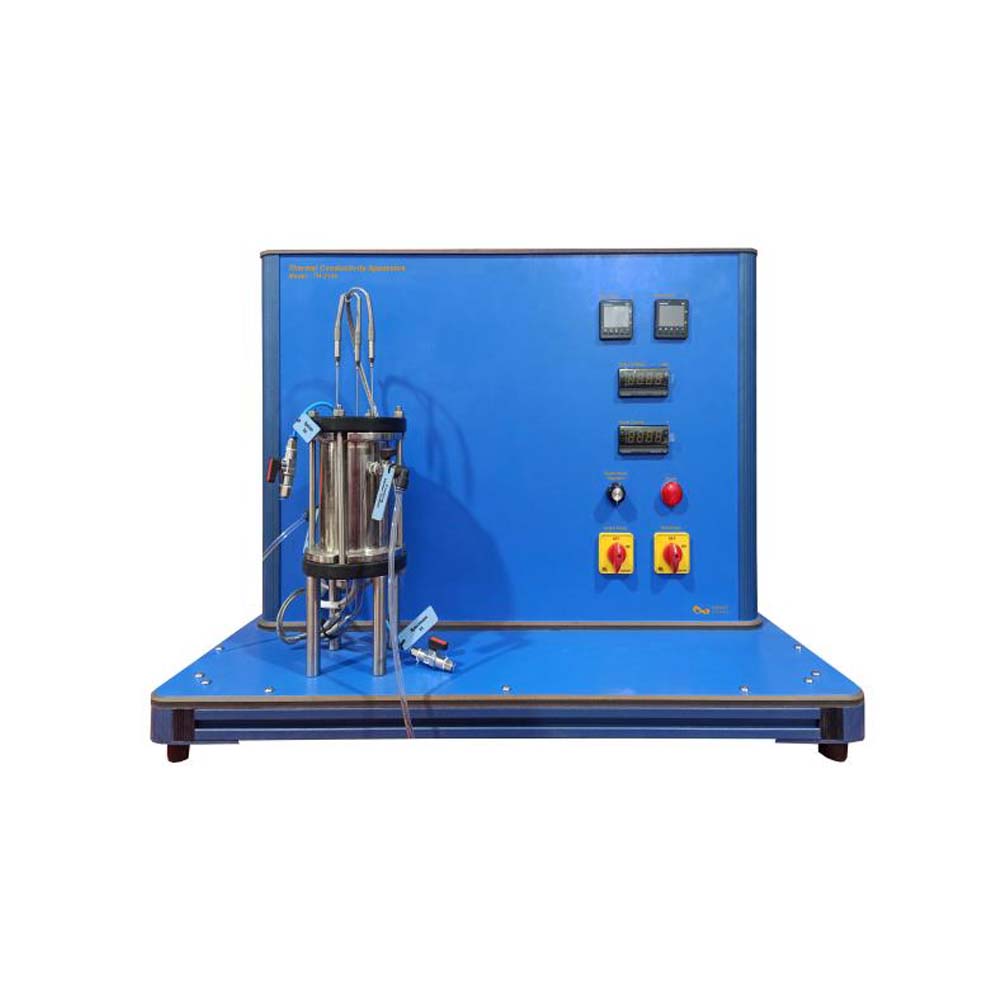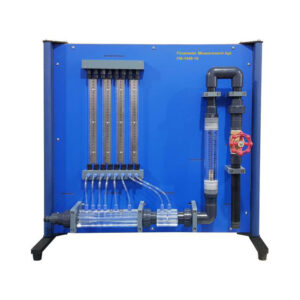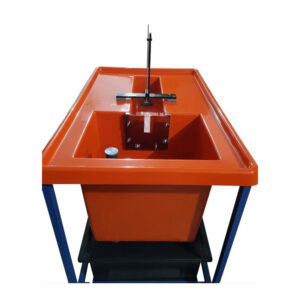The unit enables the students to understand the principle of thermal conductivity of fluid (Liquid & Gases). It is very important and major topic in the study of heat transfer. In gases & liquid conduction is due to the collision and diffusion of the molecules during their random motion. The unit consists two coaxial concentric cylindrical plugs with a thin radial clearance in between. The clearance is made extremely small which is 0.4 mm to reduce the natural heat convection. The heat sourced from the centre of the coaxial concentric cylindrical plugs. The plug is made of copper and has two ports for introducing and venting the test fluid. The plug is placed in the middle of the water jacket. The jacket has water inlet and drain connections. Three thermocouples are positioned in the heating and cooling cylindrical plugs, respectively. The positioning of the thermocouples and the high thermal conductivities of the materials involved allows student to measure the temperatures of the hot and cold faces of the test fluid. The test module is connected to the control panel for the heater power supply. Power input and temperature readings are digitally displayed on the control panel. A potentiometer on the control panel allows student to vary the heating power of the heating elements.




